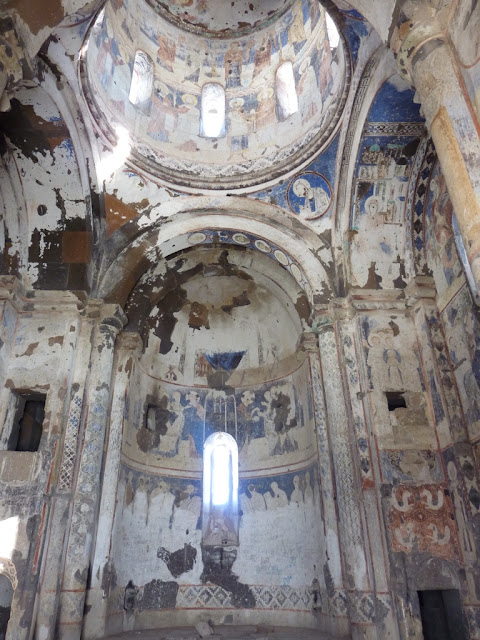| The gates of Ani, the City of 1001 Churches. Ani was founded in the 5th century by the Armenian Kamsarakan Dynasty. Ani
served as the capital of the Armenian Bagratuni Kingdom from 961 to 1045. At its peak, Ani housed a population of 100,000-200,000 people, a little smaller than Constantinople at the time. After it was captured by the Byzantines, it was subsequently ruled by the Seljuk Turks, Shaddadid Kurds, Georgians, Zakarid Armenians, Mongols, Kara Koyunlu Turks, Tamerlane's Timurid Dynasty, Persian Safavids, Ottoman Empire, Russian Empire, and finally, the Republic of Turkey. The city's strategic location between empires made it a wealthy hub of trade, but ultimately led to more bloodshed than good. |



















































